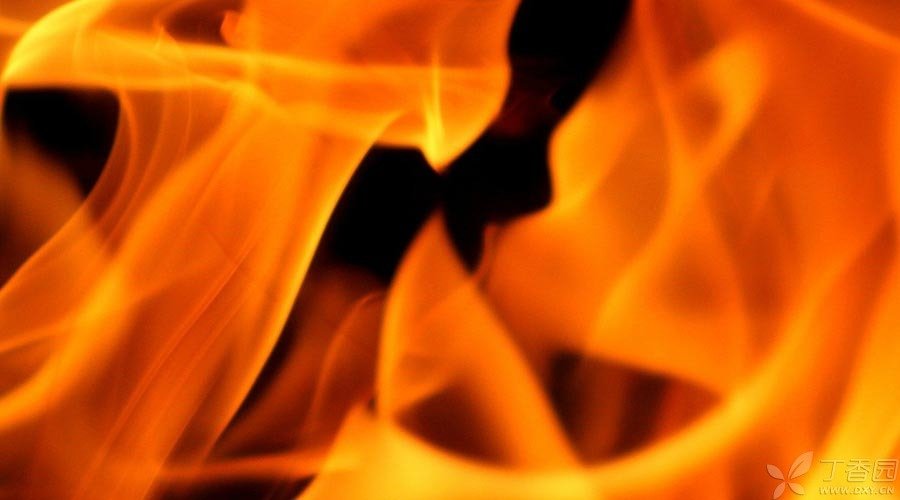
Burns can be classified according to depth, injury mechanism, severity, and combined injuries.
According to the depth score: At present, the three-degree quartering method is widely used in China, which is divided into I degree, shallow II degree, deep II degree and III degree.
According to the severity, it can be divided into superficial burns (including degree I and degree II) and deep burns (degree II and degree III).
In order to facilitate memory, this article simplifies the 4-degree classification to 3-degree, and there is no obvious difference in the core. Remember the following three steps, and then you will know how to deal with them urgently.
(1) Step 1: Assess the depth of burns 1. First degree burns
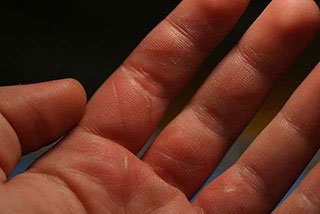
First-degree burns belong to superficial burns, which only hurt the outermost layer of skin (superficial layer of epidermis), and the germinal layer is still alive. The main manifestations are as follows:
A. The skin surface is erythema
B. Local swelling
C. Burning pain
Usually, first-degree burns can be treated as mild burns, but if the hands, feet, face, groin, buttocks or major joints are injured, urgent medical treatment is required.
2. Second degree burns
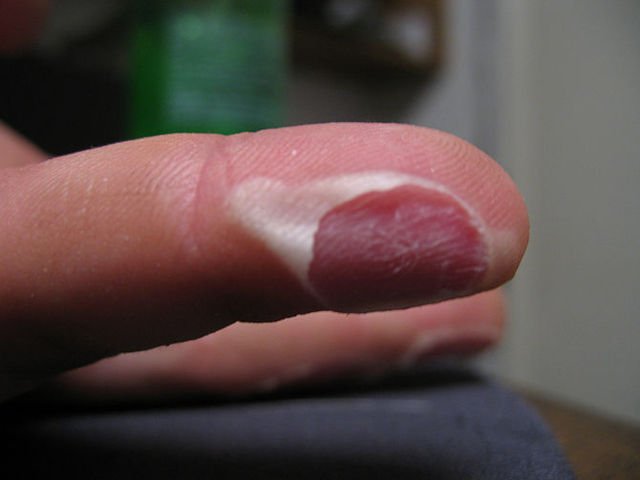
When the skin epidermis is fully burned and the dermis is injured, it is called second-degree burn. The main manifestations are:
A. Blisters of varying sizes
B. The skin has obvious local redness and swelling, and the wound surface has red and white spots.
C. Obvious pain, burning sensation and swelling
D. If the second-degree burn area does not exceed 3 inches (7.6 cm) in diameter, it can be treated as a shallow burn. If the burn area is large or the hands, feet, face, groin, buttocks or major joints are injured, it must be treated as a deep burn and urgent medical treatment is required.
3. Third degree burns
Third-degree burns are deep burns, full-thickness burns of the skin even involve the subcutaneous layer and cause permanent tissue damage. Fat, muscles and even bones may be affected. The wound surface may be waxy white or brown, and even carbonized. If combined with inhalation injury, dyspnea, carbon monoxide poisoning and other poisoning symptoms may also occur.
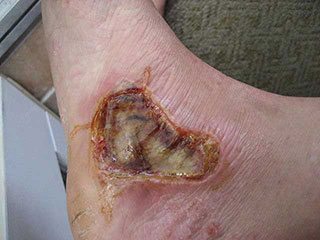
(2) Step 2: Suggestions for Medical Treatment
1. First-degree burns and second-degree burns, if mild, shall be treated according to the following methods.
If it is serious, or injuries to hands, feet, face, groin, buttocks or major joints, etc., it must be treated as deep burns and emergency medical treatment is required.
2. For third-degree burns, medical treatment must be carried out, and the following on-site first aid methods must be adopted before medical treatment.
3. If you cannot evaluate the degree of burns and do not know the type of burns, please be sure to see a doctor.
(3) Step 3: Different treatment methods are adopted according to the severity. 1. Superficial burns, including first-degree burns and second-degree burns with a burn diameter of less than 3 inches (7.6 cm), are treated as follows:
(1) Cooling therapy: The wounds were washed, cold compressed and soaked with cold water. Or use a towel wrapped with ice cubes for cold compress (ice cubes cannot be directly applied to the wound surface). The most commonly used and convenient is tap water. The duration of cold treatment is preferably 10 to 15 minutes or until the wound surface does not feel pain or the pain is significantly relieved. Cold treatment can have the effects of cooling down, relieving pain and relieving local swelling.
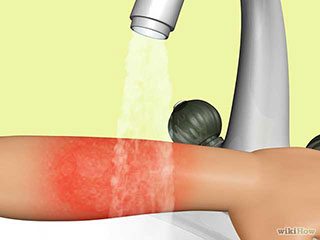
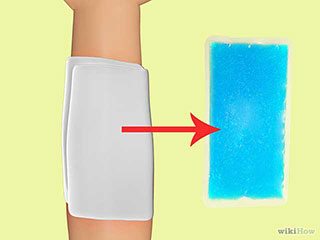
(2) Cover the wound surface with aseptic gauze: Cotton or other dressings that can stick to the open wound on the affected part should not be used, and the cover should not be too tight. Gauze covering can keep the wound clean, reduce pain and protect skin blisters.
(3) Appropriate use of over-the-counter painkillers: such as aspirin, ibuprofen, naproxen or acetaminophen. It is recommended to carefully read the precautions and adverse reactions in the instructions before use, or consult a professional doctor.
Superficial burns are usually healed without further treatment. Pigmentation may occur on the affected part after healing. That is to say, there will be a difference in color from the surrounding skin. Attention should be paid to the wound surface for signs of infection. If the wound becomes more painful, redness, fever, swelling or exudation, seek medical treatment as soon as possible. Within one year, the affected part should avoid further injury or sunburn, otherwise it will cause more extensive pigmentation. Local application of sunscreen for more than one year can improve pigmentation.
Note:
A. Do not squeeze the affected part and tear the blister by yourself. Because you have bacteria on your hands, you cannot perform aseptic operations like a doctor. Squeezing or tearing the blister is more likely to cause wound infection.
B. Do not smear egg white, butter or ointment on the affected part to avoid infection;
C. Do not directly apply ice to the wound surface! Directly placing ice cubes at the wound surface can cause further damage to the wound surface due to a sharp drop in temperature.
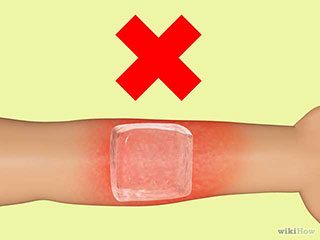
2. Deep burns
To immediately call 120 or timely seek medical treatment nearby, and carry out necessary on-site first aid;
(1) Do not tear off burning clothes and trousers forcefully: Quickly extinguish the flame and leave the fire scene. Clothes and trousers soaked in hydrothermal solution can be cut off after being washed with cold water, but do not tear off forcefully to avoid secondary damage.
(2) Do not immerse large-area deep burns in cold water, so as not to cause sharp drop in body temperature and blood pressure and shock.
(3) Pay attention to observe whether the injured person has shock manifestations (breathing, cough or exercise). If the injured person stops breathing or heartbeat, cardiopulmonary resuscitation should be implemented urgently.
(4) Raise the burned limbs as high as possible above the heart level.
(5) To cover burn wounds, breathable and moist aseptic bandages, clean wet cloth or wet towel can be used.
Do not smear colored drugs on the wound surface, such as mercurochrome, gentian purple, etc., so as not to affect the doctor’s judgment on the depth of burn on the wound surface. Careful use of toothpaste, ointment, etc., otherwise it will lead to debridement difficulties or heat cannot be distributed in time. As for those who sprinkle salt, soy sauce, vinegar and milk on the wound surface, do you think you are eating barbecue? The cooling therapy introduced above is the most direct, feasible and effective analgesic method. Don’t go to the kitchen to find seasonings again. In addition, it is specially emphasized that if it is hand burns, accessories such as rings must be removed while cooling down, otherwise swelling may cause finger necrosis.
Injection of tetanus vaccine: Whether burn patients are complicated with tetanus depends not on the size of the burn area, but on the depth of the burn and the condition of the injury. Any person with deep burn or serious pollution during injury must take preventive measures against tetanus.
